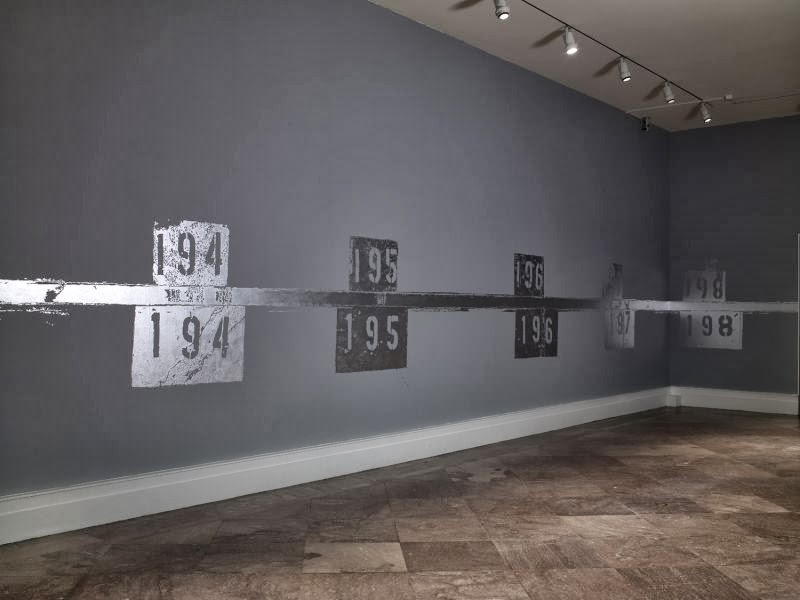1. What were you expectations for this course and where they met?
I expected to learn how to see art from a new perspective, different elements of design, be introduced to famous artists and their work, and I expect to have a new appreciation for art since I do not know much about art history. These expectations were met, I thought this class was going to be boring and I wouldn't care about the material but I learned a lot about art, and how it relates in my everyday life.
2. Now that you've been through this course, What is art? How would you define it now compared to your intial posting?
Original Posting:
When I think of art the first thing that comes to mind is painting, drawing, sculptures, or museums. But I really think that art is an unique way to express ones emotions and individuality. Art is very subjective. What I think of when I see a piece of art can be completely different from someone else. Each piece can tell multiple stories.
3. Who was your favorite artist in your original posting and who is your favorite visual artist now? If there is a difference, why do you think so? If you have the same favorite artist, why do you think so?
4. Now that you've completed this course, how do you feel about taking an online course? Is your answer the same as it was in your first posting? How is it the same or different?
_and_her_five_children_-_Google_Art_Project.jpg)


.JPG)
.JPG)











.JPG)





